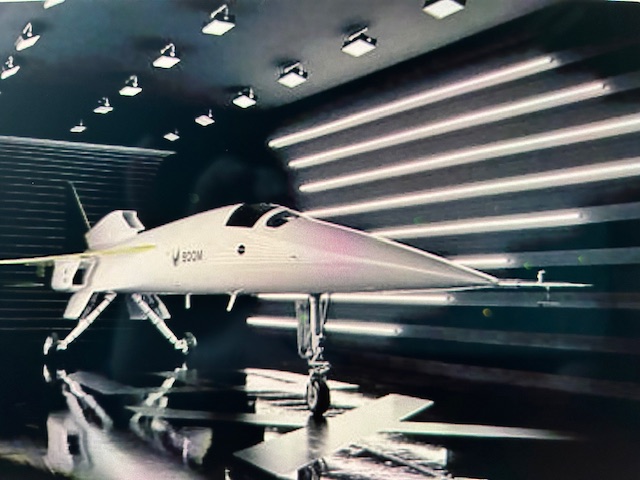Boom Supersonic’s XB-1 Makes History with First Supersonic Flight on January 28, 2025.
In a landmark moment for aviation, Boom Supersonic’s XB-1 prototype aircraft broke the sound barrier, achieving supersonic flight for the first time. This milestone marks a significant step towards the company’s goal of bringing back commercial supersonic travel with its Overture airliner. It’s also the first-ever civilian flight to reach supersonic speeds over the continental United States.
The XB-1, a sleek, needle-nosed aircraft designed and built by Boom, took off from the Mojave Air and Space Port in California and soared to an altitude of 35,000 feet before accelerating past the speed of sound. The successful flight test validates years of engineering and development, proving that Boom’s technology can deliver on its promise of faster air travel.
“This is a momentous day for Boom and for the aviation industry,” said Blake Scholl, founder and CEO of Boom Supersonic. “We are incredibly proud of the team for achieving this milestone, which brings us one step closer to making supersonic flight a reality for passengers worldwide.”
The XB-1’s successful flight opens the door for further testing and development, paving the way for the Overture airliner. The airliner is expected to carry passengers at speeds of over 1,200 miles per hour, more than twice the speed of sound. With the potential to cut travel times in half, Overture promises to revolutionize long-haul flights around the world, making global travel more accessible and efficient. Their vision intends to make the Overture the successor to the Concord, which never reached full operation in the late 1990s and early 2000s after a series of crashes and other hurdles that resulted in the project being scrapped.
While challenges remain, including regulatory hurdles and the development of sustainable supersonic flight, Boom’s successful test flight is a major leap forward. The return of supersonic passenger travel could be on the horizon, bringing with it a new era of faster, more connected global travel.



















